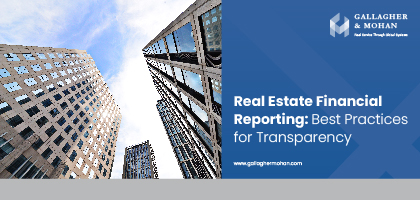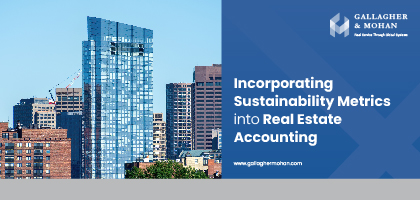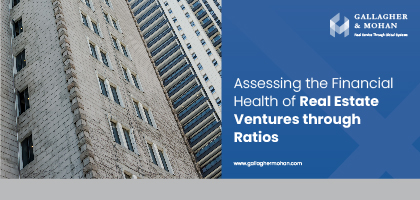25 August 2023
Repurposing NYC's Vacant Offices for Housing: A Glimpse into Urban Transformation
In a bid to revitalize unused office spaces, New York City has unveiled an ambitious plan to convert vacant office properties into residential havens. Mayor Eric Adams, in collaboration with New York City Department of City Planning Director Dan Garodnick, has launched the innovative "Office Conversion Accelerator" program.
This initiative is a pivotal component of Mayor Adams' overarching "City of Yes" strategy, which seeks to rejuvenate disused spaces and drive urban evolution. With the aim of streamlining adaptive-reuse projects, the Office Conversion Accelerator is poised to pave the way for the transformation of millions of square feet of idle office real estate.
However, the city's pursuit of this transformation has encountered hurdles, with a statement from city hall rebuking state lawmakers in Albany for their lack of action in the 2023 legislative session. The city emphasized that forthcoming support from the state legislature is indispensable to the success of this initiative. Mayor Adams anticipates that the conversion of office spaces into residential units will yield 20,000 new dwellings, accommodating approximately 40,000 New Yorkers, over the next decade.
Complementing this effort is the "Midtown South Neighborhood Plan," an innovative community planning initiative that seeks to modernize existing zoning regulations. These regulations, which currently limit usage to manufacturing and office purposes, are under review with the goal of enabling more flexible and adaptable development.
The multifaceted nature of the challenges associated with adaptive reuse becomes apparent when considering the intricate web of regulatory layers, building codes, and zoning modifications that must align for successful implementation.
Also Read: San Francisco Multifamily Market Analysis - July 2023
Caitlin Sugrue Walter, the Vice President of Research at the National Multifamily Housing Council, underscores the complexity inherent in the city's mission to foster more conversions. Local authorities must navigate a labyrinth of decisions, spanning from zoning alterations to building code adjustments.
These conversions are viewed as not just real estate endeavors, but also as vehicles for economic growth. The metamorphosis of underperforming assets into thriving ones stands as a prime example of urban regeneration.
Yet, despite the promise these conversions hold, they alone cannot singularly address the challenges faced by the ailing office sector or the housing crisis confronting many metropolises. Walter emphasizes that while not a panacea, these conversions wield the potential to significantly impact the landscape of the office market and housing availability on a substantial scale.
The efficacy of the transformation process has been spotlighted through the popularity of mixed-use properties, blending residential living spaces within still operational office structures. This solution is particularly suitable for office buildings grappling with dwindling occupancy rates while retaining a core group of tenants.
The conversion of Midtown Manhattan's McGraw-Hill Building into apartments serves as a prominent example. This project necessitates not only the integration of residential units but also the refurbishment of infrastructure, such as electric services, air conditioning, and elevators, to meet the requirements mandated by New York City law for the segregation of residential and commercial spaces in mixed-use buildings.
Engineering considerations play a pivotal role in such conversions. Dan Colombini, Principal at Goldman Copeland, a New York City-based engineering firm, underscores the importance of factors like sunlight exposure and plumbing in accordance with habitation standards. The layout of these reimagined spaces is of paramount importance, ensuring access to light and ventilation throughout the living areas. Furthermore, infrastructural enhancements are crucial, including the provision of efficient domestic hot water systems and larger water heating systems tailored for residential buildings.
Also Read: Net Lease Cap Rates See Fifth Consecutive Quarterly Increase
Residential revitalization also necessitates the availability of essential amenities, prompting the need for zoning adjustments that promote mixed-use environments. Access to grocery stores, drug stores, and other vital services is imperative to render these spaces attractive to potential inhabitants. Often, office buildings on the periphery of commercial districts or adjacent to existing residential neighborhoods are prime candidates for conversion due to their strategic location.
As New York City forges ahead with its visionary transformations, the potential for local governments to assess their own underutilized office assets for conversion cannot be overlooked. Buildings that lay dormant could find a new lease on life as sought-after housing options.
New York City's audacious plan to convert vacant office spaces into vibrant residential hubs reflects a dynamic approach to urban revitalization. While not a cure-all, these conversions possess the power to reinvigorate the office sector and alleviate housing shortages. The complex interplay of regulations, engineering challenges, and urban planning underscores the multifaceted nature of this endeavor. As the city embarks on this journey of transformation, opportunities emerge not only for revitalizing infrastructure but also for elevating the overall quality of life for its residents.
Amid this era of urban renewal, Gallagher & Mohan Multifamily Underwriting Services stands poised to play a pivotal role in shaping the future of New York City's adaptive-reuse landscape. With a commitment to precision and innovation, Gallagher & Mohan offers comprehensive underwriting solutions tailored to the unique demands of repurposing office spaces into vibrant residential sanctuaries.



